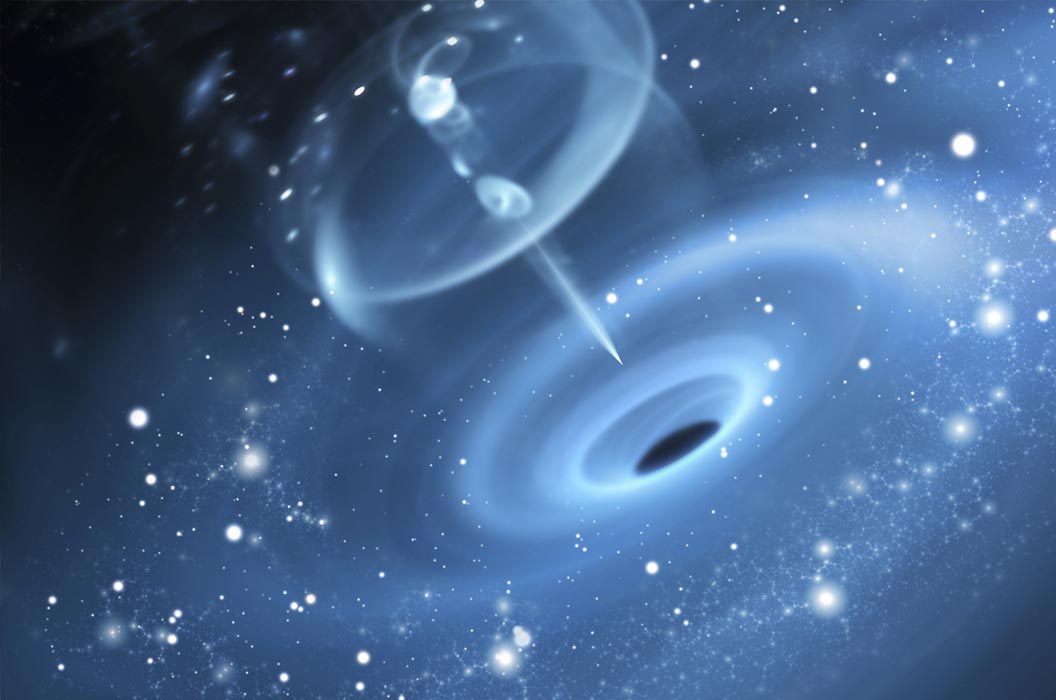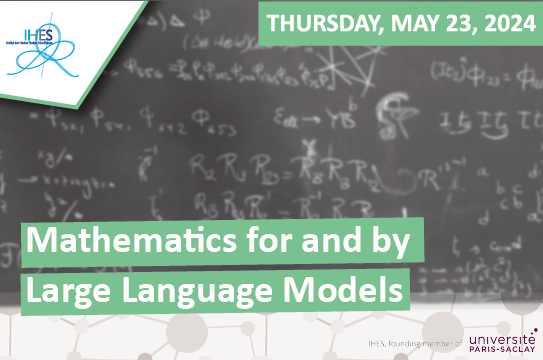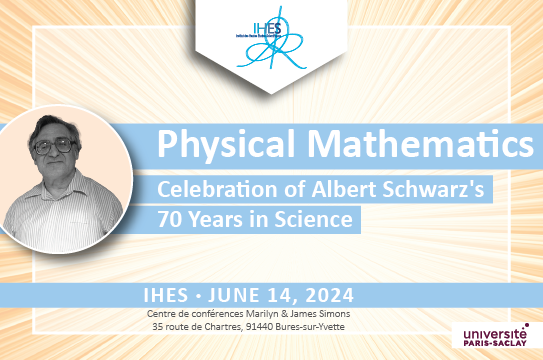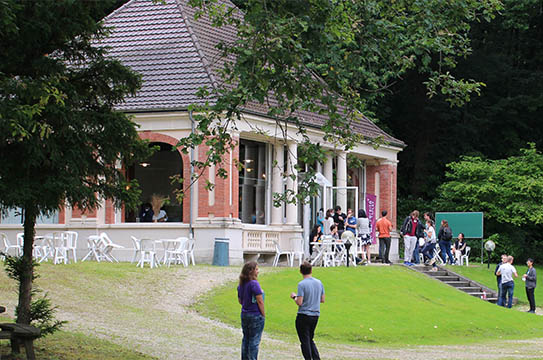 Scientific activity
Scientific activity
Gravitational waves and black hole coalescence
Press Release – 11 February 2016
The Institut des Hautes Études Scientifiques (IHES) salutes the first observation of gravitational waves
emitted by a black hole binary system by the two US LIGO interferometers from the LIGO/Virgo international network. The Institute is very much looking forward to the extraordinary progress that gravitational wave astronomy, following these observations, will make. It hopes to contribute to analysing the data it provides on the cosmos, black hole physics and more generally, on the new Universe invented by Einstein a century ago.
A century of progress in general relativity
This major discovery from the LIGO/Virgo team comes one century after Einstein predicted the existence of gravitational waves in the theory of general relativity, and after the discovery of the Schwarzschild solution, now called a Schwarzschild black hole. Many subsequent theoretical investigations provided a better understanding of these waves, a distortion of space-time geometry: the first mathematical proof of generic solutions to Einstein’s equations incorporating wave propagation (Yvonne Fourès-Bruhat, 1952), the first attempts at building gravitational wave detectors (Joseph Weber, 1958) and the proof in the 1980-90 period that gravitational interaction propagates at the speed of light in the form of waves, a proof achieved by observing the motion of several binary pulsars and its comparison to the predictions of Einstein’s theory.
Many theoretical results obtained at IHES
IHES is particularly pleased to note that much of the theoretical research started or undertaken here contributed to the discovery made by the LIGO/Virgo project team. The design and development of the Effective One-Body method, EOB (A. Buonanno and T. Damour, 2000) can be mentioned first; it paved the way for an analytical description of the complete gravitational signal emitted by the coalescence of two black holes, comprising both the quasi-sinusoidal wave emitted during the inspiralling period and the signal emitted during and after the merger. As early as 2000, before the numerical codes capable of computing this existed, the EOB method gave the first representation of the coalescence signal; it also gave the first estimate of the angular momentum of the final black hole resulting from the merger of two back holes. The development of this method at IHES (T. Damour and A. Nagar, 2006-2016), drawing on new theoretical concepts (factorisation and resummation of wave amplitude) and interacting closely with the results of numerical simulations, enabled a new set of precise waveforms to be defined for the detection and analysis of gravitational signals emitted by the coalescence of black hole binary systems. Some of these waveform templates have been used to look for and analyse the signals discovered by LIGO, in the version of the EOB formalism developed in parallel by A. Buonanno in the LIGO collaborative scientific project.
We should also mention the Multipolar Post-Minkowskian method (L. Blanchet, T. Damour and B. Iyer) for the precise computation of the amplitude of gravitational waves emitted by a binary system, and the ever more precise computation of the equations of motion for binary systems (especially by T. Damour, P. Jaranowski and G. Schäfer).
For more information:
https://ondes-gravitationnelles.ihes.fr/
Watch Thibault Damour 2016 Cours de l’IHES “Gravitational Waves and Binary Systems”:



